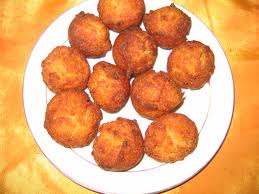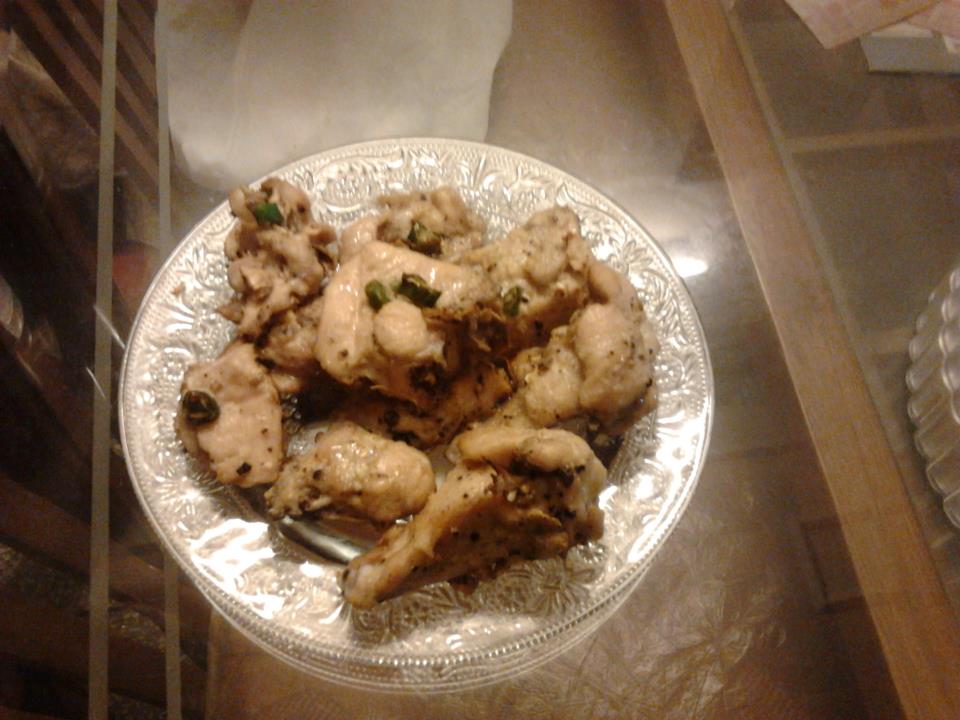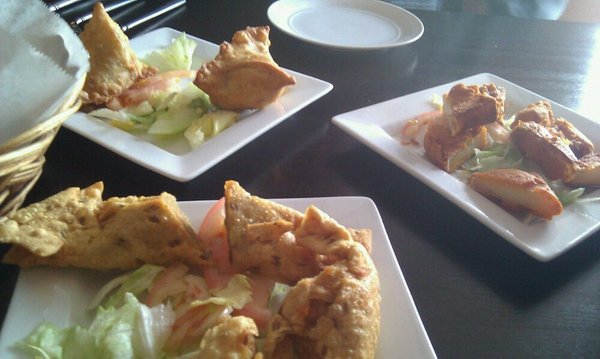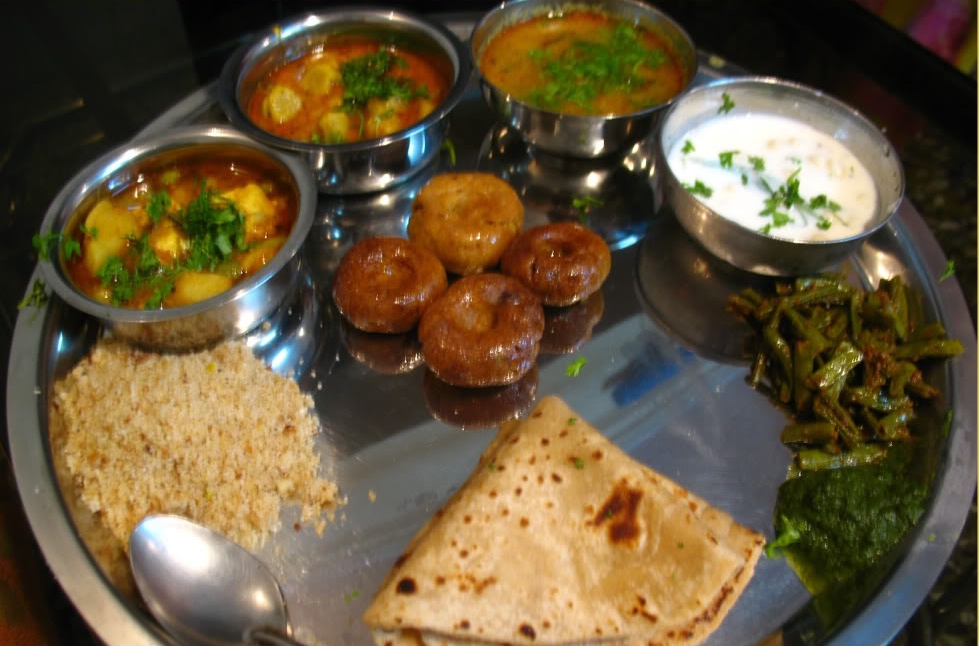The aroma of Manipuri Cuisine
We, as Indians often see and experience so many cultures that new cultures do not overwhelm us in the negative way. Food is an important symbol of a region or a community’s style of living and their values. But it is strange that we know so much about the South Indian cuisine, the North Indian cuisine- but have minimal knowledge about the cuisine of the north eastern states. We take it for granted that our folks from the North East feed on chow Mein, noodles, momos and all things Chinese. That is our highly prejudiced mind and the lack of awareness about other more vibrant cultures. Here I have persuaded a friend of mine from Manipur, to provide readers with an overview of the Manipuri cuisine. One must remember that in Manipur and some other states in the North East, tribe’s form the basic units of the society and obviously, the method of living vary from one tribe to another.
Here is what she had to say-
Healthy, organic and simple would be the suitable words to describe the Manipuri cuisine. Manipur comprises of several tribes and languages. Despite the differences between each culture and tribe, the dishes somehow become the symbol of unity with diversity. Rice is the staple diet of the Manipuris. Usually, a normal Manipuri lunch and dinner comprise of rice, some boiled vegetables (kangsoi, champhoot) and iromba. Iromba is a combination of mashed potatoes, King Chilly (or Raja Mirch), ngari (fermented fish) and some herbs. Fermented fish or ngari is a necessary food item for the Manipuris. Almost every dish includes ngari as its vital ingredient. Some of the dishes are hot. Umorok (or Raja Mirch) is commonly used in the dishes. However they are not necessarily spicy. People refrain from using many spices (also known as maru-marang) and oil in the local dishes. But one of the most relished spicy and oily foods that are widely accepted is Bora. Bora is similar to Pakora in that both are made with gram flour. However, Manipuris like to add a twist of some indigenous herbs on their own. Bora is made of gram flour, maroi nakuppi(Chinese Chives), phadigom( coriander leaves) and zeera powder. The aroma of Boras being fried becomes irresistible for Manipuris all alike. One would like to mention some of the Manipuri herbs found only in the state: Maroi Napaakpi (Hooker chives), Maroi nakuppi(Chinese chives), Mayang ton(Lemon basil), Phaakpai(Vietnamese coriander). It is very rare to find these herbs outside Manipur. At the end of every meal, desserts are usually taken in the form of fruits, kheer mixed with fruits, amla juice or passion fruit juice. The options for desserts vary according to the choices of the family members. Manipuris practice this common, ancestral and eco-friendly habit at the end of every meal: They wash their hands with salt and water instead of using salt. Another famous vegetarian salad is Singju. Singju is made with finely chopped banana stem, banana flower, cabbage, lotus stem, homemade spices and yes, king chilli powder. When brought from outside, the salad is wrapped in banana leaf. While some Manipuris are pure vegetarians, many Manipuris do indulge in non-vegetarian dishes from time to time. Some of the street-non-vegetarians dishes that are enjoyed widely are Saa gil or Saa marin(pork sausages). These sausages however, are stuffed with herbs for healthier intake. Children, young adults and adults alike flock to these street shops time to time to indulge in these non-vegetarian delicacies. Pork, beef and chicken are the three major non-vegetarian dishes taken by non-vegetarians in Manipur.
My word- Bog! Does that not sound delicious and mouth-watering!!The vegetarian and non-vegetarian – both the dishes found equal proportions in the Manipuri cuisine. The non-vegetarian food is not limited to just fish and chicken but as one can see in the given description, includes other things as well, like beef, pork etc. For die hard foodie, Manipuri cuisine is a must try.
P.S – Them, Kaki Pah E (thank you) J





